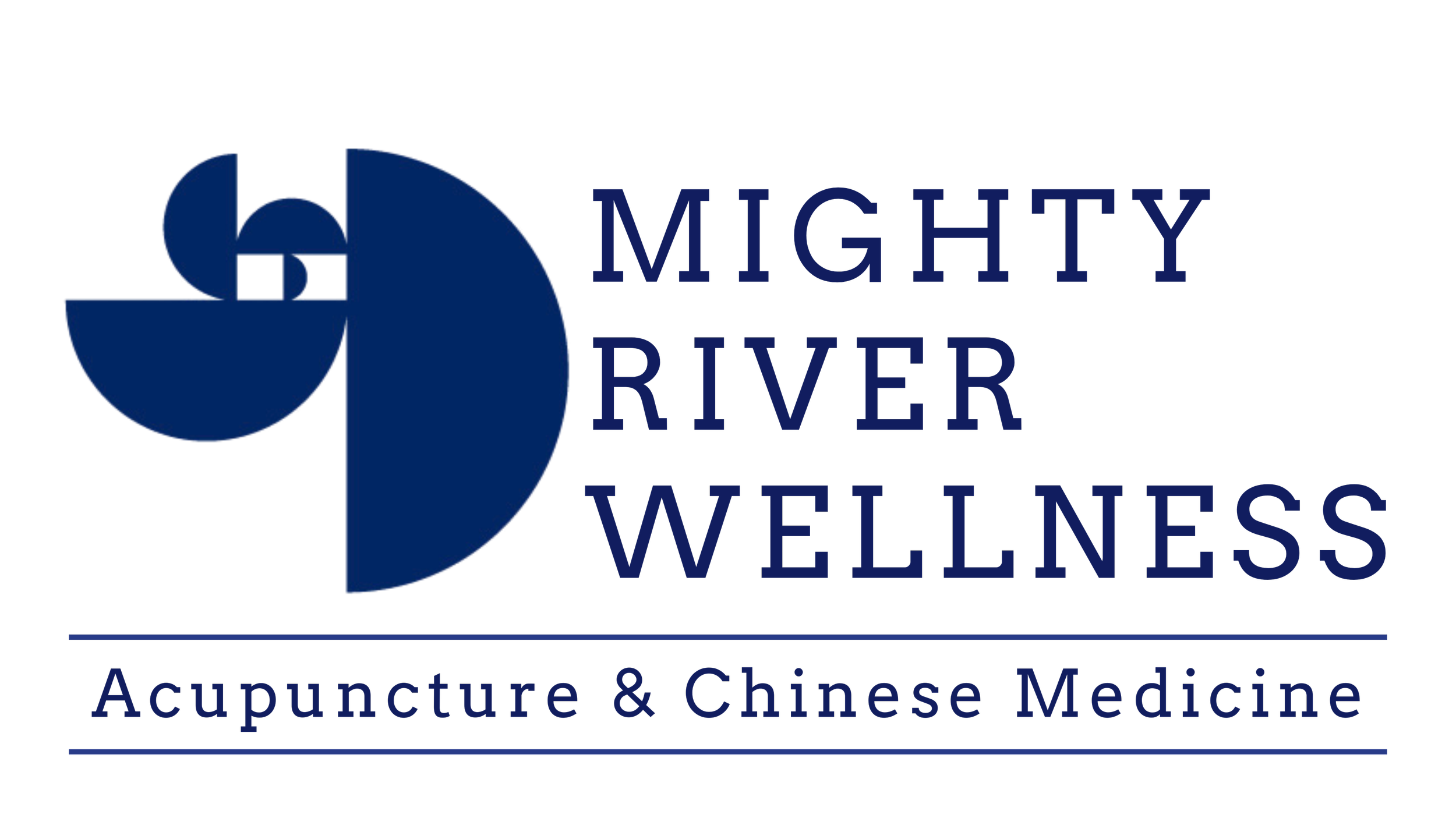Acupuncture 101: Answering A Few FAQs
What’s In A Name?
Fish Border, Crook at the Bend, Mind Palace, Blazing Valley, Illuminating Sea, leg three li? I used to stare at the point names in utter confusion.
When I first started learning about what a meridian was, it was easier to just stare at the numbers allocated to the acupuncture points. At the time, acupuncture was just a leap of faith.
I memorized the individual points through rote, reciting number sequences like I had to commit all of the book War and Peace to memory. 64686776363463 were the points used for trauma. I used to walk around mumbling and staring at flashcards. I could only speak in digits.
Numbering the acupuncture points along a meridian, or treatment pathway, became popular in the 1950s. In the interest of getting acupuncture recognized on an international stage, the popular culture of the time numbered the points. This made the medicine palatable and approachable to western medicine.
But the names are like clues on the treasure map of the body. They serve as indicators for what action the acupuncture point can potentiate along with its location. For example, ‘Crook at the Bend’ is a point located in the pivot point of the elbow. ‘Blazing Valley’ is a fire point on the kidney meridian that can clear heat.
This was my own discovery into Chinese Medicine and acupuncture, but I do get asked a lot of questions about how acupuncture works, so I thought this post would be a helpful resource for some of our patient base to answer a few questions.
Do We Reuse Needles?
Emphatically no.
The needles used at Mighty River Wellness are packaged individually. We use Seirin needles that are a higher quality needle coated in silicon to be relatively pain free when they are inserted.
What Is A Meridian?
A meridian is a network of invisible energy pathways.
They all connect to each other and to every atom, cell, tendon, bone, organ, each centimeter of skin. These channels transport energy, blood and information. As long as these channels flow unobstructed, the body will be in the best picture of health.
How Does Acupuncture Work?
The main goal of acupuncture is to return the person to a better state of health.
Using a fine needle at specific locations in the body we stimulate these points to restore balance and tune the body’s own innate self-regulating functions. This creates better blood flow, a regulated nervous system, improves oxygen exchange and overall creates a more relaxed state of being.
How Should I Expect To Feel After Acupuncture?
Most patients report they feel both rested and energized after an acupuncture treatment.
We recommend planning very little in terms of tasks or activities on the day of your treatment so you can get the most from your visits.
Will It Hurt?
It’s different for everyone but most likely it’ll just feel like a slight pinch.
Everyone has a different pain tolerance and some acupuncture points are located where there is slightly more sensitivity. You may feel a slight discomfort when the needle is initially inserted but hopefully you’ll get used to the sensation after a few are placed.
What Is Acupuncture Used For?
Generally speaking, acupuncture can treat a variety of conditions.
In January 2020, acupuncture was deemed an acceptable form of treatment for chronic low back pain by Medicare in the U.S.
A few years ago, the World Health Organization did a review on studies that outlined the use of acupuncture to treat a wide range of conditions. Dental pain, headaches (including tension headaches and migraines), labor pain, low back pain, neck pain, osteoarthritis, joint pain, and menstrual cramps, to name a few.
References
Meridian Connection. (2015, October 06). Retrieved September 15, 2020, from https://www.tcmworld.org/what-is-tcm/meridian-connection/
WHO list of conditions. (n.d.). Retrieved September 15, 2020, from https://www.acupuncture.org.uk/public-content/public-traditional-acupuncture/4026-who-list-of-conditions.html
Press release CMS finalizes decision to cover Acupuncture for Chronic Low Back Pain for Medicare beneficiaries. (n.d.). Retrieved September 15, 2020, from https://www.cms.gov/newsroom/press-releases/cms-finalizes-decision-cover-acupuncture-chronic-low-back-pain-medicare-beneficiaries



